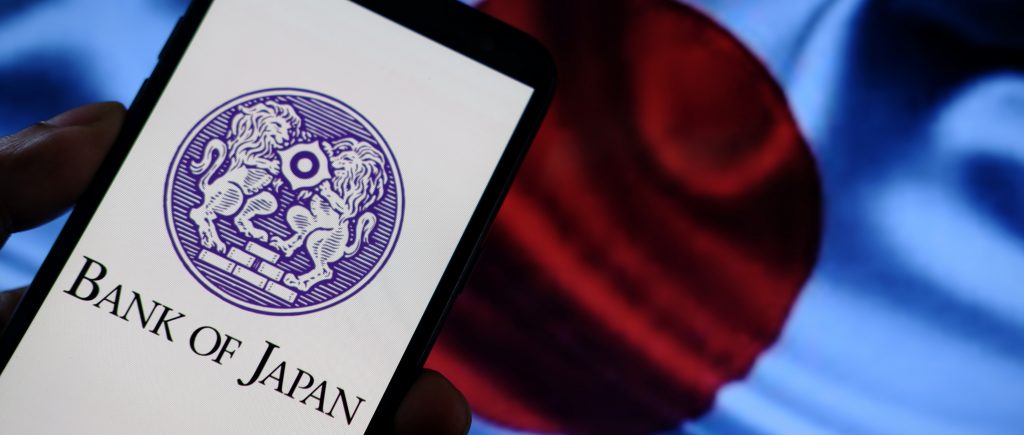Japanese Yen nosedives after Kanda’s bleak response. Masato Kanda, the Japanese Ministry of Finance’s Vice Minister of Finance for International Affairs, stated at 13:15 GMT that the government is closely monitoring the foreign exchange markets and will take necessary action as necessary.
Earlier during the US trading session, the Japanese Yen was trading around 160.66. The Japanese government is under pressure, but it may not act until Friday.
Following certain hawkish remarks from the Fed, the US Dollar Index soared higher, this continued during European trading hours on Wednesday, the USD/JPY pair has dropped to record point since 1986.
Yentervention Background:
As the Japanese yen has lost ground to lowest level since 1986 against the US dollar, the USD/JPY pair rose up to 160.79 versus latest closing point at 159.66.
The pair’s lowest level, on Wednesday, was 159.60, versus the highest level recorded at 160.84.
Earlier this week Japanese Finance Minister Shunichi Suzuki reiterated that his country’s monetary authorities will continue to intervene appropriately to protect the yen. Japanese Chief Cabinet Secretary Yoshimasa Hayashi also stated on Monday that large fluctuations in currency markets are not a good thing and that monetary authorities will closely monitor currency market price actions and movements and will take appropriate action if necessary.
Fed’s Quantitative Tightening
Since the recent intervention by the Japanese government last May, the Japanese yen has lost more strength and is now below the value of the US dollar by more than 5%, and the continued hawkish statements of US Federal Reserve official Michelle Bowman indicate that the current economic environment, as a whole, is not convenient for lowering interest rates, and that monetary policymakers are studying the possibility of hiking interest rates again before starting to ease rate policy, this is what caused the US dollar to rise. As a result, the US dollar is gaining strength and surpassing the 160.00 level against the yen, testing the Japanese government’s willingness to take necessary measures before intervening.
One Fed official believes that keeping the interest rate unchanged “for some time” would help control inflation. However, the same official reiterated her willingness to raise rates if necessary.
Another Fed official said that the central bank is on the path to reducing interest rates if the performance of the US economy matches her expectations, but she did not give any details about her expectations for the timing when the Fed might take this measure.
According to the Fed official the monetary policy is “in a good position at the present time to take the necessary measures in response to any changes that may occur in the future outlook for the economy”, she said stressing that “with significant progress being made in terms of reducing inflation, while labour market conditions are gradually declining.” The Fed official also noted that it will be appropriate at some point to ease monetary policy in order to achieve the healthy balance necessary for the functioning of the economy.
The decline in the yen helped strengthen the US dollar index, which measures the performance of the US dollar against a basket of six key currencies. The euro, which is the other heavy currency in this basket, is affected amid the increasing uncertainty ahead of the early elections in France, next Sunday, and the continued decline in German consumer confidence index data. This provided external support for the dollar index despite the recent economic data, some of which were lower than expected.
Potential PCE Influence
The USD/JPY pair is expected to fall to the 120.00 level. According to Bloomberg, this downward pressure is expected to occur over the next 18 months and analysts expect that the Japanese government will not act until after the release of personal consumption expenditures data in the United States on Friday.
It is expected that a better-than-expected personal consumption expenditures report would cause turmoil in currency markets, thus pushing the yen much higher against the US dollar, which would contribute to pushing the authorities to “check” the exchange rate or intervene during a period of low liquidity. Interest rate checks indicate that government intervention to strengthen the yen may be imminent.
Latest news headlines suggest that a new intervention may begin in the Japanese yen exchange rate, after the currency had declined to record levels.
The Japanese yen is suffering from sharp rising pressure against the US dollar after the later benefited from statements by Fed officials that helped draw an official picture within the central bank that includes that a large number of members of the FOMC tend not to cut interest very soon.
It is worth noting that the Bank of Japan had recently intervened in the yen exchange rate at a value of 61.3 billion Japanese yen in the period from late April to early May last year.
 Noor Trends News, Technical Analysis, Educational Tools and Recommendations
Noor Trends News, Technical Analysis, Educational Tools and Recommendations





